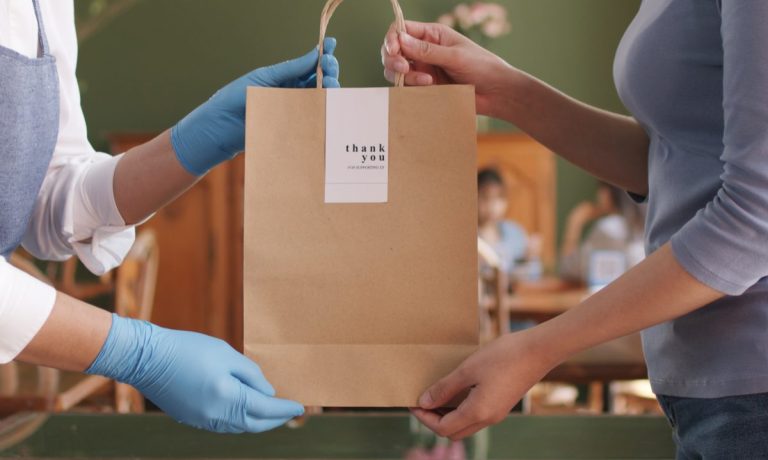Dine-In Takes a Tip From Fast-Casual With Off-Premises Innovation

Casual dining brands are realizing on-premises is no longer enough to retain today’s consumers’ loyalty.
In recent months, leaders in the category have been emphasizing growth in their digital businesses. For instance, Brinker International, parent company of Chili’s Grill & Bar and Maggiano’s Little Italy, shared on its most recent earnings call that off-premises was up 82% last quarter, with these channels making up 30% of Chili’s sales and about 27% of Maggiano’s.
Meanwhile, major diner chain Denny’s shared in its most recent financial report that off-premises sales have seen a similar increase relative to pre-pandemic, from 12% to 21%. Olive Garden, for its part, saw off-premises account for 26% of all orders, per parent company Darden’s latest earnings call.
Now, with off-premises making up a significant chunk of these casual dining giants’ total sales, brands are being challenged to consider the long-term futures of their to-go businesses — to find ways to drive consumers to the highest-margin channels. Darden, for its part, is looking to boost pickup sales, such that it can meet off-premises demand without losing valuable customer data, as well as a portion of the sale, to third-party aggregators.
“We continue to leverage technology to make it easier to order, pick up and pay without having to pass the added expense of third-party delivery on to our guests,” CEO Rick Cardenas told analysts on the call.
Certainly, now is a good time for restaurants to be driving pickup adoption, with many consumers seeking less expensive ordering channels, per data from the latest edition of PYMNTS’ Connected Dining study, “Connected Dining: Rising Costs Push Consumers Toward Pickup,” for which we surveyed a census-balanced panel of more than 2,100 U.S. consumers in January. The study found that nearly half of all consumers (48%) have been more likely to pick their restaurant orders up themselves rather than have them delivered, due to inflation.
Moreover, many casual dining brands spoke to their efforts to drive incremental digital sales via their virtual brand efforts. Denny’s, for its part, has been using its virtual concepts (The Burger Den and The Meltdown) to drive late night sales, at times when consumers would not order from the typical menu.
“We were really smart about the acceleration of both of the virtual brands,” CEO Kelli Valade told analysts, “and our technology has really helped us to not only get there early, but stay there and sustain that.”
Similarly, Dine Brands, parent of Applebee’s and IHOP, noted on its most recent earnings call that it now offers its virtual brands (Thrilled Cheese and Super Mega Dilla) from more than 1,200 of the pancake chain’s locations, with a new chicken tender virtual concept (TenderFix) just added and a cheese steak concept on the way.
Alex Canter, CEO of virtual restaurant company Nextbite, explained to PYMNTS’ Karen Webster in an interview last year that these brands have been boosting IHOP’s off-hours sales.
“They’re 24/7 at the majority of their locations, but they’re really busier in the mornings than they are at night,” he said. “So, we’ve designed two concepts for them: a grilled cheese concept and a quesadilla brand that is performing exceptionally well from 9 p.m. to 5 in the morning.”
With both the focus on pickup innovation and the increase of virtual brands, casual dining brands are increasingly reliant on off-premises sales. With this increasing fast-casual-ification of the segment, the dine-in experience becomes just one part of casual dining, with digital playing a growing role in the industry. Those that do not adapt risk falling behind.